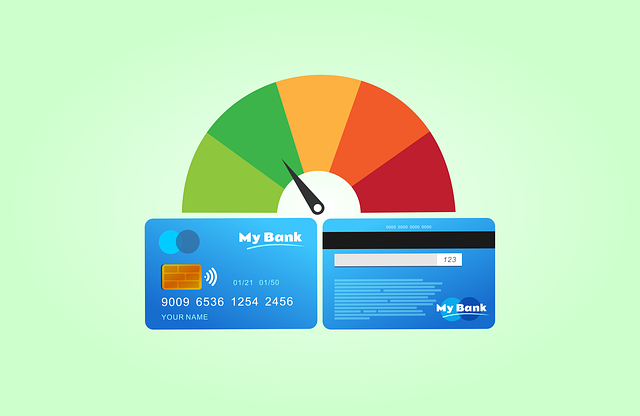Seasonal businesses face unique cash flow challenges due to fluctuating demand, making working capital loans a crucial solution. These loans provide immediate financial support for operational expenses and inventory purchases during peak and off-peak periods. Understanding and comparing working capital loan interest rates from different lenders is essential for securing favorable terms. Key factors influencing rates include creditworthiness, seasonal income fluctuations, loan amount, duration, market conditions, and economic trends. To secure the best terms, business owners should start the application process early, prepare comprehensive financial records, demonstrate liquidity, manage cash flow effectively, and compare loan offers based on interest rates, repayment terms, and fees.
“Seasonal businesses face unique financial challenges due to their fluctuating revenue streams. Enter working capital loans, a vital tool to bridge the gap during slow periods. This article guides business owners through the intricate world of working capital financing. We’ll explore how these loans can stabilize cash flow and cover operational costs during peak and off-season times. By understanding interest rate factors and navigating the application process efficiently, business owners can secure funding to thrive year-round.”
- Understanding Working Capital Loans for Seasonal Businesses
- Factors Affecting Interest Rates on Working Capital Loans
- Navigating the Application Process and Tips for Seasonal Business Owners
Understanding Working Capital Loans for Seasonal Businesses

For seasonal businesses, managing cash flow can be a challenge due to fluctuating demand and revenue patterns. This is where working capital loans step in as a vital solution during peak and off-peak periods. These loans are designed to provide businesses with immediate financial support, allowing them to cover operational expenses, inventory purchases, or other short-term needs.
When considering a working capital loan, it’s crucial to understand the interest rates offered by lenders. In today’s market, competitive interest rates can vary depending on factors like business creditworthiness, revenue stability, and loan amount. Businesses should actively compare these rates from different lenders to secure the most favorable terms for their seasonal financial requirements.
Factors Affecting Interest Rates on Working Capital Loans

Several factors influence the interest rates on working capital loans, which are crucial for seasonal businesses to manage cash flow during peak and off-peak times. One primary determinant is the lender’s assessment of the borrower’s creditworthiness; a strong credit history typically results in lower interest rates as it indicates a lower risk for the lender. The financial health of the business itself plays a significant role too; lenders consider factors like revenue streams, profitability, and cash flow management to set rates.
Seasonal nature also impacts interest rates; since these businesses experience fluctuations in income throughout the year, lenders may account for this volatility by setting higher rates to compensate for the perceived risk. Additionally, the loan amount and duration significantly affect the interest rate; larger loans or shorter repayment periods usually come with higher rates due to the increased financial burden on the borrower. Market conditions and economic trends further influence rates; during periods of high inflation or economic uncertainty, lenders may adjust their rates accordingly.
Navigating the Application Process and Tips for Seasonal Business Owners

Navigating the application process for a working capital loan can be daunting, especially for seasonal business owners who may have irregular cash flow patterns. The key is to start early and be prepared with comprehensive financial records. Gather your business plans, financial statements, tax returns, and any other relevant documents that showcase your business’s stability and potential. Many lenders offer online application forms, making the process more accessible and efficient.
When applying for a working capital loan, keep in mind that lenders will assess your business’s liquidity and ability to repay. Demonstrate a clear understanding of your seasonal fluctuations and how you plan to manage cash flow during peak and off-peak times. Compare different loan offers based on interest rates, repayment terms, and any associated fees. Lower interest rates can significantly impact the overall cost of borrowing. Additionally, consider seeking recommendations from industry peers or business associations for reputable lenders who specialize in supporting seasonal businesses.






